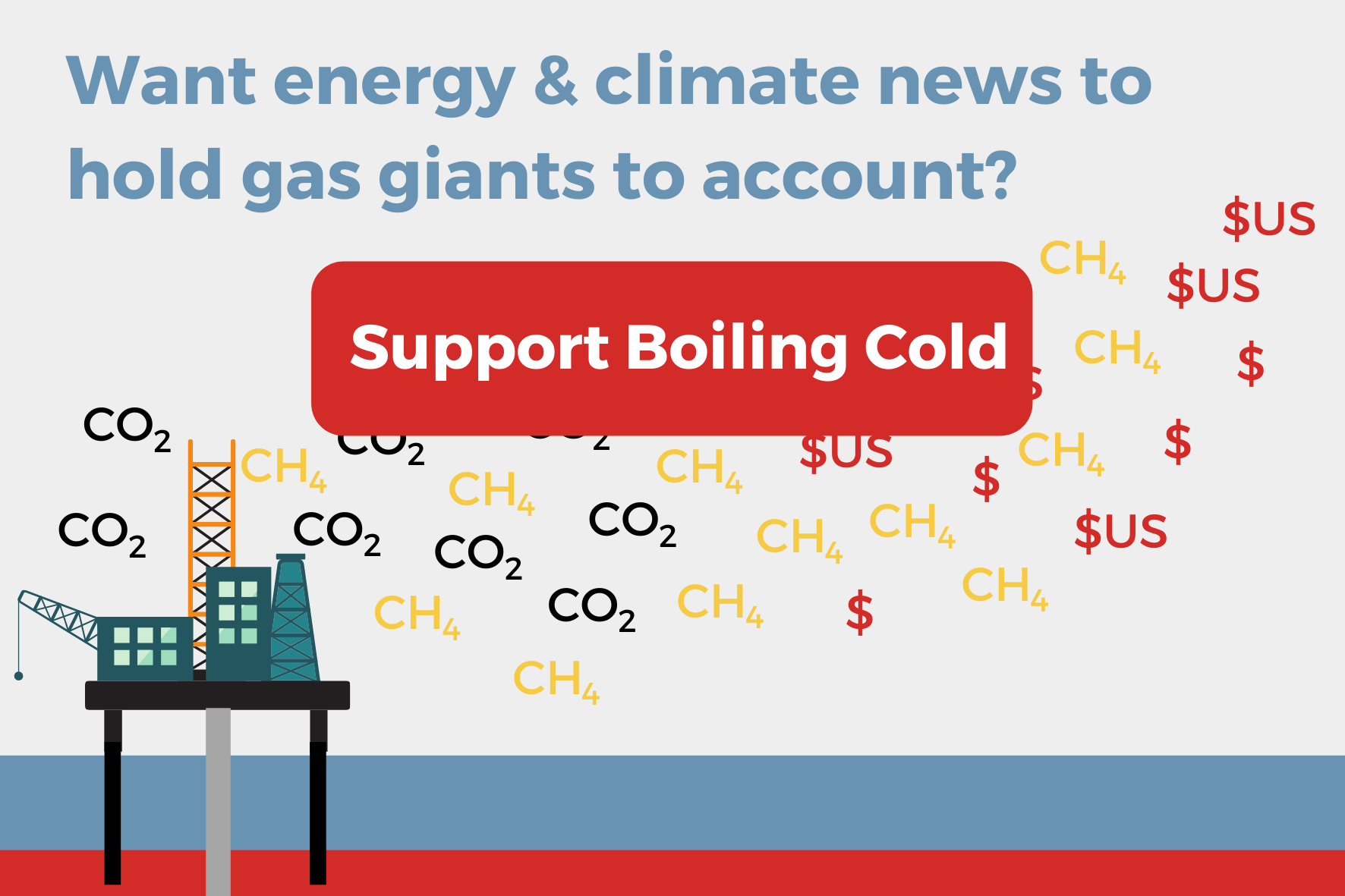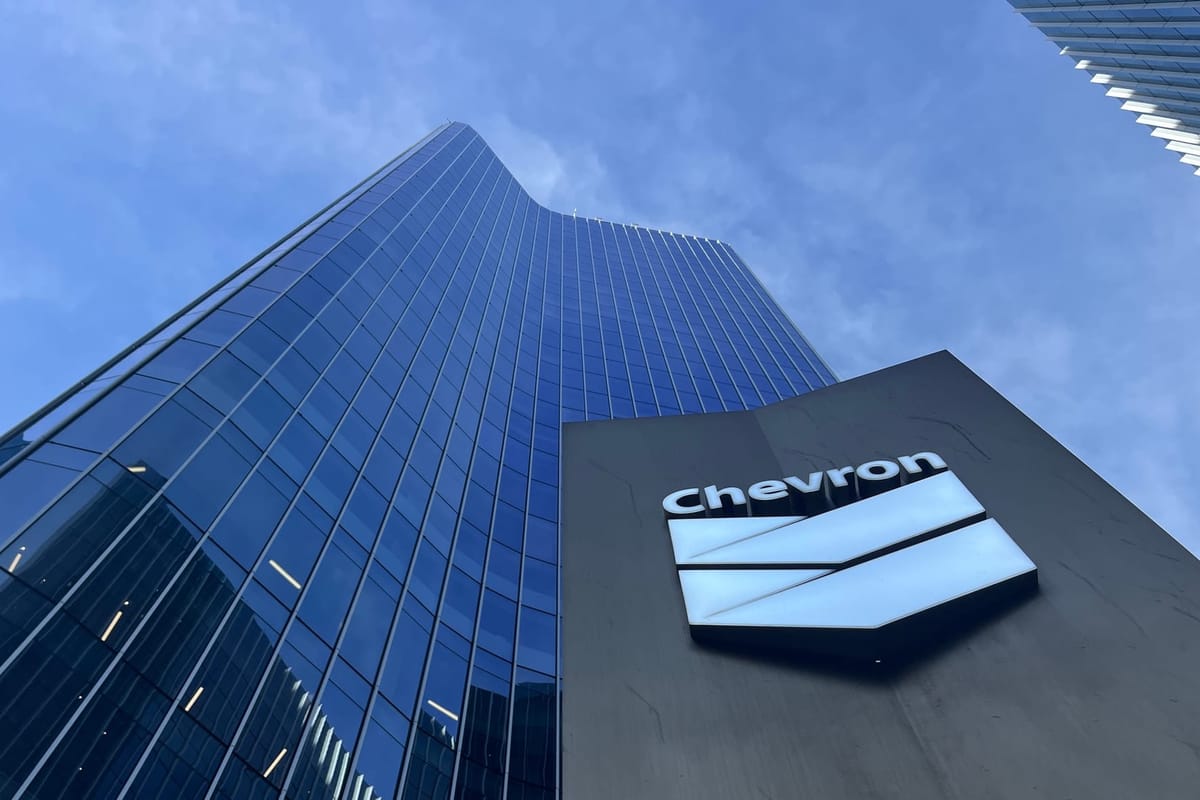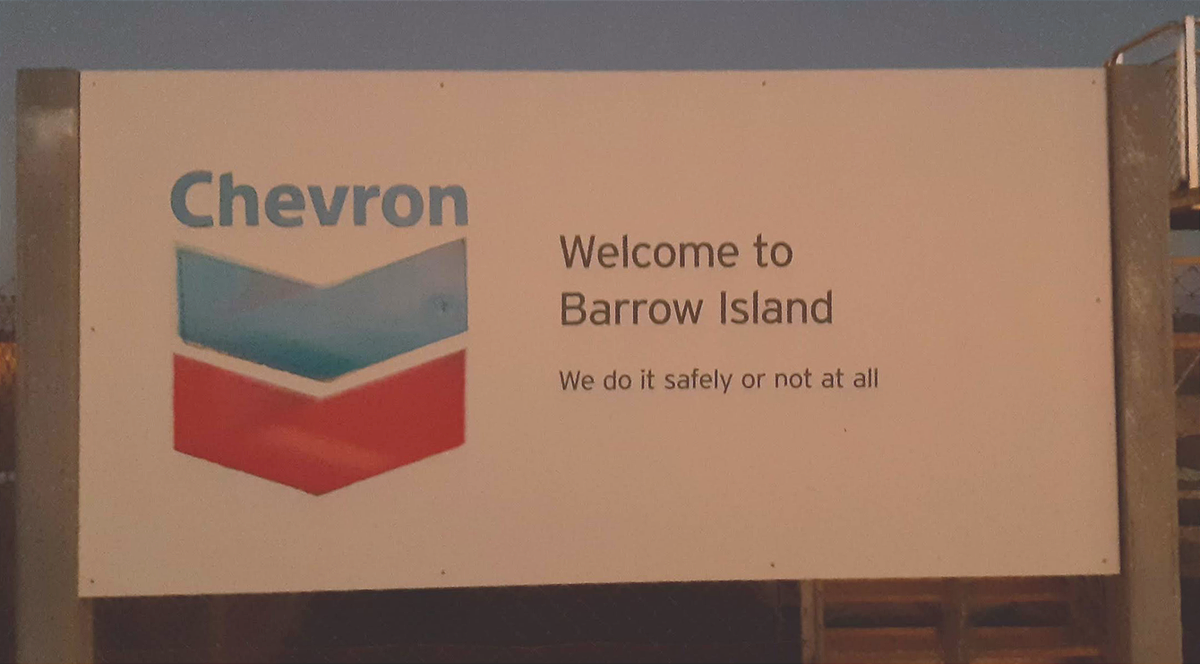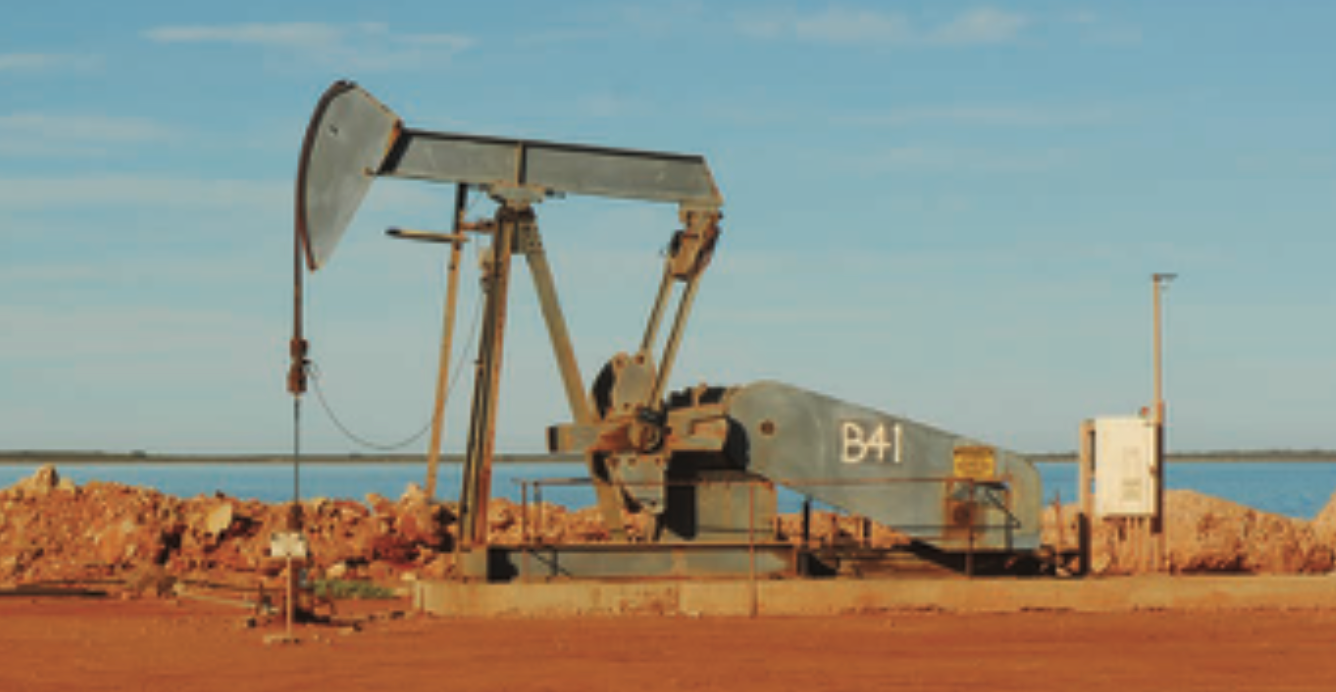Exploration plans spark fear of another Santos oil spill off WA
Plans by Santos, which negligently caused an oil spill off WA four years ago, to drill seven exploration wells off the Pilbara coast have drawn fire from an environmental group.
The US giant pretends Labor's policies are thwarting the expansion of its Gorgon and Wheatstone gas plants, which it does not plan to do anyway, to gain leverage with governments.

ANALYSIS
Chevron is falsely linking its failure to expand its two Australian gas export plants with the tax and employment policies of the current Australian Labor government to push back against policies it opposes.
However, Chevron chief executive Mike Wirth's spin ignored that his oil and gas major has had the opportunity to commit to additional liquefied natural gas trains for five or more years before Labor took office in 2022.
Wirth's confirmation that Chevron has no expansion plans in Australia, despite having massive gas reserves, raises the question of whether the $490 billion company should be able to control so many retention leases off the WA coast that are awarded on the basis that they are "likely to become commercially viable within 15 years."
The 43-year company veteran made the deceptive pitch in both of his media appearances when visiting Australia last week.
Wirth told Deputy Prime Minister Richard Marles that Australia was now uncompetitive with the United States and the Middle East as a destination for investment in gas exports, according to The Australian, which described it as a "blunt message."
"Australia has changed and it has changed pretty significantly over the last few years,” Wirth said, in a seeming reference to the past three years of Labor Government.
He blamed "Labor’s petroleum resource rent tax reforms, the use of 'lawfare' challenges by environmental groups to drag out approval times and 'same job, same pay' wage demands that have lifted the company’s costs in Australia," The Australian wrote.
“Further expansion investment is off the table,” Wirth said of the idea that Chevron would add more LNG trains to its Gorgon and Wheatstone gas plants.
“There’s plenty of gas, but the US has become more attractive."
The Chevron boss doubled down on the spin in his only other media appearance in Australia on Sky News, which, like The Australian, is part of Rupert Murdoch's News Corp.
"It is unsettling to investors when significant changes are made after massive investments are committed," Wirth said.
Given "global competitive dynamics," Chevron will invest elsewhere, he said.
It is all bull. Chevron has no intention of building more LNG trains in WA, regardless of the party in power in Canberra.

Chevron spent $54 billion ($84 billion) building three LNG trains on Barrow Island for its Gorgon project, and months after exports started in 2016, it received environmental approval to build a fourth train.
In 2011, the company received environmental approval to build five trains at Wheatstone and went on to construct the initial two for $US34 billion ($53 billion) that started production in 2017.
So between initial production and the election of a Federal Labor Government in 2022, Chevron had six years to commit to expanding Gorgon and five years to decide to invest at Wheatstone.
But, despite "plenty of gas", nothing happened. That is because the investments did not stack up.
Wirth misused the courtesy of time with the deputy leader of Chevron's second-biggest investment destination to falsely imply that Labor's policies were at fault for its lack of investment.
That is not the case.
Chevron's potent blend of arrogant and incompetent project management completely botched the Gorgon project, going an eye-popping $US17 billion ($26 billion) over budget.
A major problem was the lack of sufficient laydown area. Building a fourth train with less space next to three operating trains would be even more difficult and expensive.
The Chevron board is more likely to vote for Al Gore to be US President than build on Barrow Island again.

Wirth got one thing right - Chevron has plenty of gas.
In February, Chevron Australia director of operations Danny Woodall said there was about 40 trillion feet of gas (Tcf) set aside for the Gorgon project.
A quick calculation, assuming eight per cent is burnt to run the LNG trains and supply to the domestic market is 15 per cent of exports, leaves 32 Tcf of gas in the so-called Greater Gorgon area.
Gorgon's three LNG trains (and remember expansion is "off the table") can produce 15.6 million tonnes a year of LNG.
Another calculation tells us that 32 Tcf of gas can produce 690 million tonnes of LNG, so Chevron has enough gas to export from Gorgon for 44 years.
The gas sits in 19 retention leases held by the Gorgon joint venture of Chevron, ExxonMobil and Shell.
However, retention leases, which give exclusive rights to develop a resource owned by the Australian people, should only be granted if the resource is likely to become commercially viable within 15 years.
That cannot be the case for most of Chevron's gas.
Chevron's recent offshore development plan for seven fields makes the timeline clear: the fields will be developed in stages, lasting between ten and thirty years each, and produce until about 2070.
WA is facing a serious shortage of gas next decade, and last year the state government urged the Federal Government to use its "use it or lose it" powers to force producers to develop fields or hand the leases back so others can have a go.
After Wirth took expansion off the table, perhaps Chevorn is the first door the Federal Government should knock on.

Wirth is playing a game that all foreign investors do with what they call host nations (note: if Australia is the host, is Chevron the parasite?).
They want to pit nations against each other, leading to an escalating scramble of incentives, lower standards, and loopholes offered to attract investment.
They achieved all three on Gorgon: a $60 million subsidy for underground CO2 injection, the WA government ignored advice from the EPA that the plant should not be built on Barrow Island, and Gorgon's domestic gas obligation is much less than the notional 15 per cent that is WA government policy.
But this trick only works if there is investment on offer, and Chevron has no investment planned for Australia beyond keeping its two LNG plants full of gas. The company will do that regardless of government policy, as the alternative is two hugely expensive stranded assets.
So, Wirth pulls out Plan B from the foreign investors' bag of whinges: any change is a sovereign risk.
"These investments last for decades, so stability of policy and predictability and continuity of policy are fundamental," Wirth told Sky News.
We need predictable processes; we need to understand the rules of the road.
However, when Chevron committed to Gorgon in 2009, no government, state or federal government had promised that nothing would change.
How could they? If Chevron operates Gorgon until 2070, as it plans, that is six decades from the final investment decision.
Wirth implies Chevron is the victim of broken promises, but those promises were never made.
However, Chevron has made plenty of promises that it has broken.
Chevron promised to look after the unique ecosystem of Barrow Island. Instead, we have PFAS contamination, eroded turtle nesting beaches, quarantine failures and gas bubbling to the surface.
Chevron promised to bury at least 80 per cent of the CO2 from the offshore reserves feeding the Gorgon plant. Instead, the system struggles to reach 30 per cent, leading to many millions of tonnes of extra greenhouse gas emissions.
Chevron promised to take specific actions to boost local content. Instead, it is blatantly flouting those requirements and sending Australian engineering jobs to India.
The problem is not Chevron suffering from sovereign risk; it is Australia suffering corporate risk.
So thank you, Mike, your spin has raised lots of interesting questions.

All the info and a bit of comment on WA energy, industry and climate every Friday